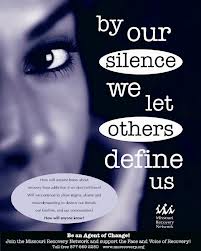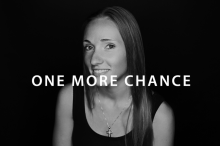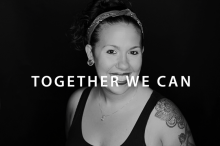 More wisdom from Bill White.
More wisdom from Bill White.
‘Some years ago, a noted research scientist was invited to speak at a local community forum on the subject of addiction. The presentation to more than one hundred interested citizens consisted of a sweeping overview of modern scientific studies on addiction and its clinical treatment.
In the question and answer session that followed the presentation, a member of the audience posed a question about the effectiveness of recovery mutual aid groups like AA, NA, Women for Sobriety, and SMART Recovery.
The speaker responded that there had been few randomized trials comparing the differences in long-term recovery outcomes between these individuals who had achieved recovery with and without mutual aid participation. The scientist declared that no definitive scientific evidence yet existed on the effectiveness of such groups.















